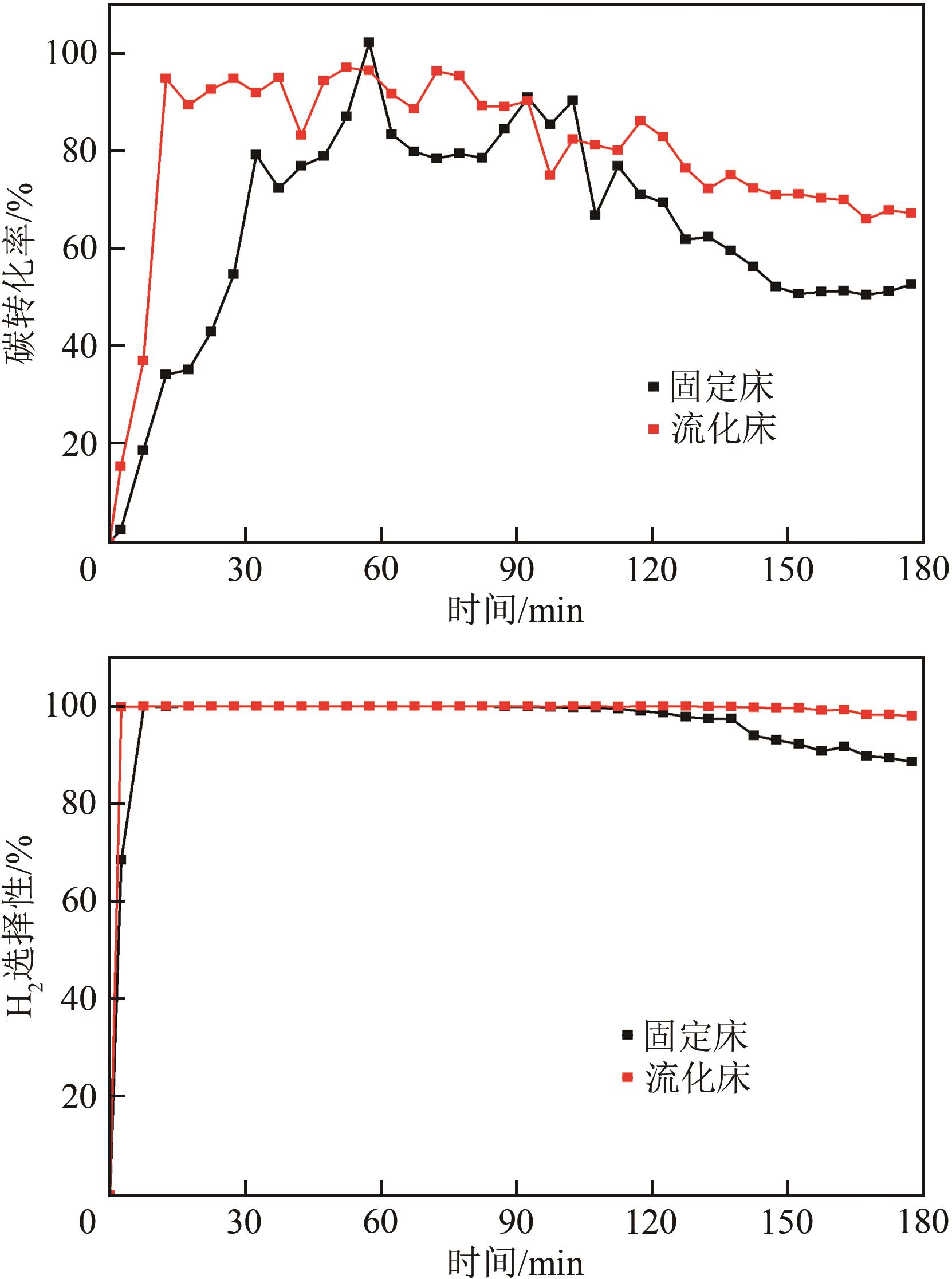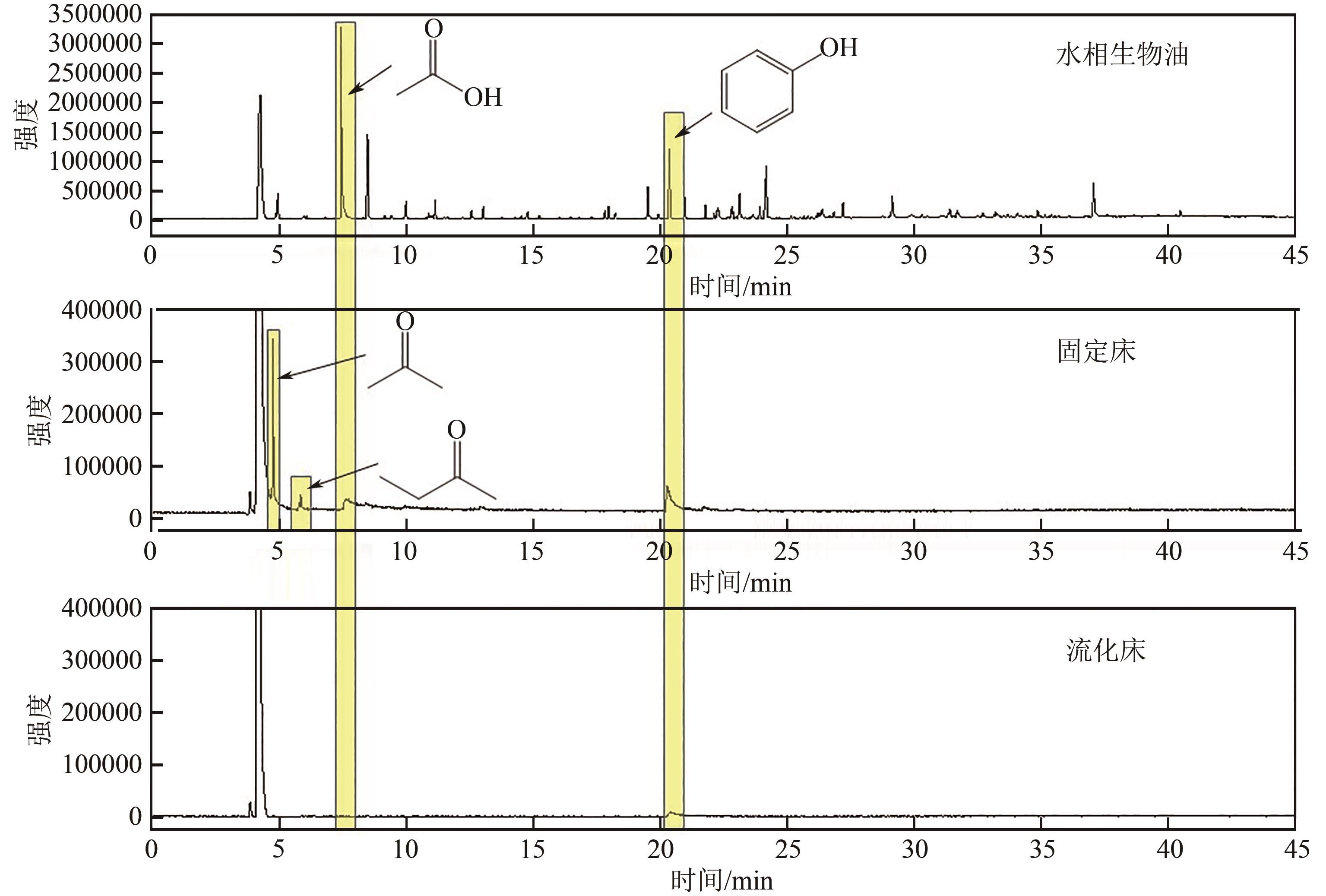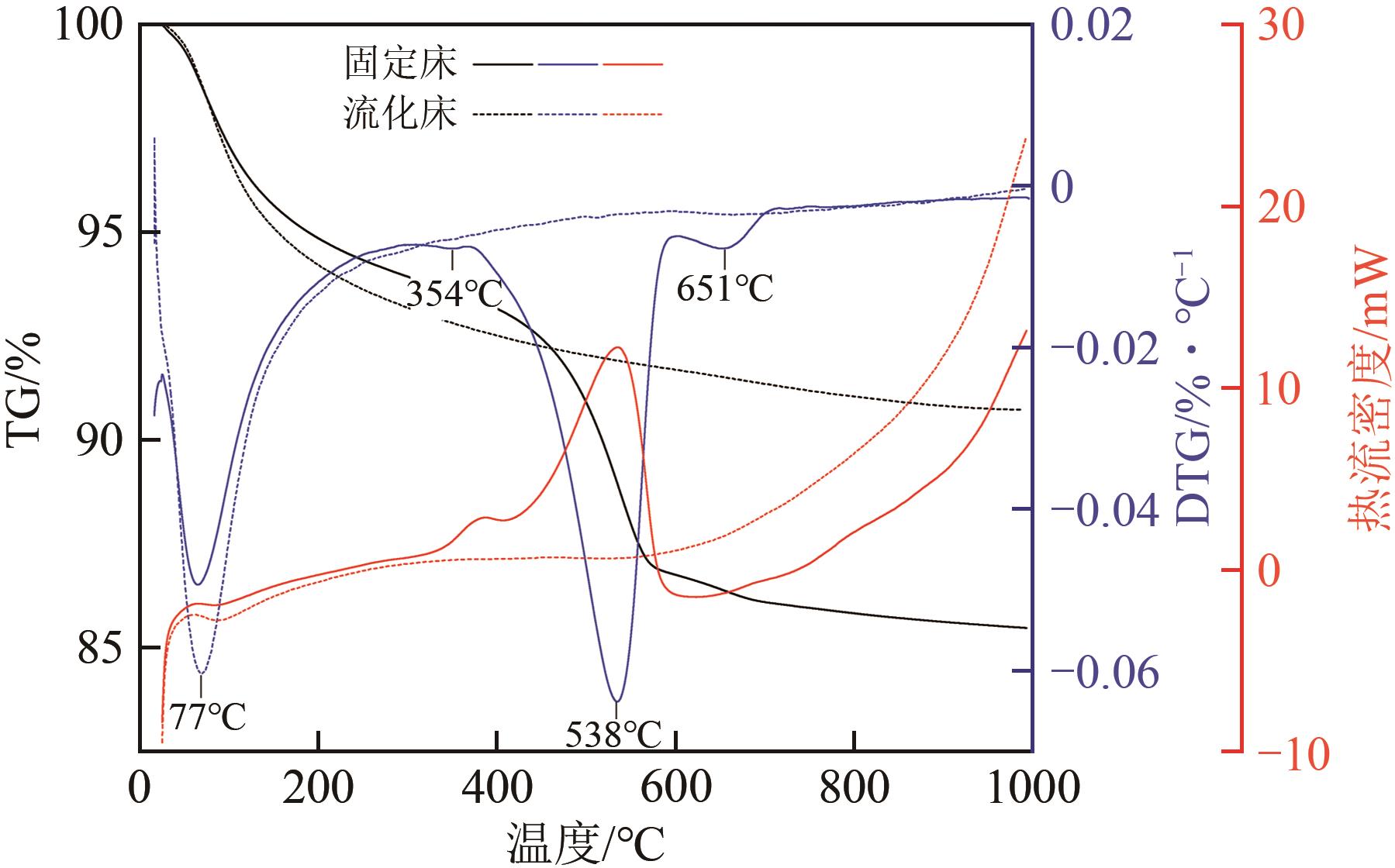| 1 |
GUPTA S, MONDAL P, BORUGADDA V B, et al. Advances in upgradation of pyrolysis bio-oil and biochar towards improvement in bio-refinery economics: a comprehensive review[J]. Environmental Technology & Innovation, 2021, 21: 101276.
|
| 2 |
KAN T, STREZOV V, EVANS T, et al. Catalytic pyrolysis of lignocellulosic biomass: a review of variations in process factors and system structure[J]. Renewable and Sustainable Energy Reviews, 2020, 134: 110305.
|
| 3 |
KUMAR R, STREZOV V. Thermochemical production of bio-oil: a review of downstream processing technologies for bio-oil upgrading, production of hydrogen and high value-added products[J]. Renewable and Sustainable Energy Reviews, 2021, 135: 110152.
|
| 4 |
HU X, GHOLIZADEH M. Progress of the applications of bio-oil[J]. Renewable and Sustainable Energy Reviews, 2020, 134: 110124.
|
| 5 |
陈爱苹. 生物油轻质组分水相重整制氢的研究[D]. 杭州: 浙江大学, 2017.
|
|
CHEN Aiping. Study on aqueous-phase reforming of low-boiling fraction of bio-oil for hydrogen production[D]. Hangzhou: Zhejiang University, 2017.
|
| 6 |
毕冬梅, 张凯真, 易维明, 等. 白云石基多孔陶瓷负载Al2O3催化生物质热解试验[J]. 农业机械学报, 2019, 50(10): 315-322.
|
|
BI Dongmei, ZHANG Kaizhen, YI Weiming, et al. Catalytic pyrolysis of biomass with porous ceramic loading aluminum oxide[J]. Transactions of the Chinese Society for Agricultural Machinery, 2019, 50(10): 315-322.
|
| 7 |
BRIDGWATER A V. Review of fast pyrolysis of biomass and product upgrading[J]. Biomass and Bioenergy, 2012, 38: 68-94.
|
| 8 |
王治斌, 孙来芝, 陈雷, 等. 生物油水蒸气催化重整制氢研究进展[J]. 化工进展, 2021, 40(1): 151-163.
|
|
WANG Zhibin, SUN Laizhi, CHEN Lei, et al. Progress in hydrogen production by steam catalytic reforming of bio-oil[J]. Chemical Industry and Engineering Progress, 2021, 40(1): 151-163.
|
| 9 |
SETIABUDI H D, AZIZ M A A, ABDULLAH S, et al. Hydrogen production from catalytic steam reforming of biomass pyrolysis oil or bio-oil derivatives: a review[J]. International Journal of Hydrogen Energy, 2020, 45(36): 18376-18397.
|
| 10 |
ARANDIA A, REMIRO A, DE OAR-ARTETA L, et al. Reaction conditions effect and pathways in the oxidative steam reforming of raw bio-oil on a Rh/CeO2-ZrO2 catalyst in a fluidized bed reactor[J]. International Journal of Hydrogen Energy, 2017, 42(49): 29175-29185.
|
| 11 |
RUOCCO C, PALMA V, RICCA A. Hydrogen production by oxidative reforming of ethanol in a fluidized bed reactor using a PtNi/CeO2SiO2 catalyst[J]. International Journal of Hydrogen Energy, 2019, 44(25): 12661-12670.
|
| 12 |
VICENTE J, MONTERO C, EREÑA J, et al. Coke deactivation of Ni and Co catalysts in ethanol steam reforming at mild temperatures in a fluidized bed reactor[J]. International Journal of Hydrogen Energy, 2014, 39(24): 12586-12596.
|
| 13 |
ZHANG A D, LIANG C M, WANG L H, et al. Study on the trigger mechanism and carbon behavior of catalytic reforming of wood vinegar[J]. International Journal of Hydrogen Energy, 2020, 45(29): 14669-14678.
|
| 14 |
FU P, ZHANG A D, LUO S, et al. Comparative study on the catalytic steam reforming of biomass pyrolysis oil and its derivatives for hydrogen production[J]. RSC Advances, 2020, 10(22): 12721-12729.
|
| 15 |
张安东. 生物油及其典型组分重整制氢实验研究[D]. 淄博: 山东理工大学, 2015.
|
|
ZHANG Andong. Study of hydrogen production by reforming of bio-oil and its model compounds[D]. Zibo: Shandong University of Technology, 2015.
|
| 16 |
刘守光, 刘悦, 刘一默, 等. 介孔Ni/MgO催化剂催化水蒸气重整生物质油制氢[J]. 燃料化学学报, 2020, 48(4): 424-431.
|
|
LIU Shouguang, LIU Yue, LIU Yimo, et al. Hydrogen production by steam reforming of bio-oils over mesoporous Ni/MgO catalyst[J]. Journal of Fuel Chemistry and Technology, 2020, 48(4): 424-431.
|
| 17 |
MIAO Z W, HU Z F, JIANG E C, et al. Hydrogen-rich syngas production by chemical looping reforming on crude wood vinegar using Ni-modified HY zeolite oxygen carrier[J]. Fuel, 2020, 279: 118547.
|
| 18 |
MEGÍA P J, VIZCAÍNO A J, RUIZ-ABAD M, et al. Coke evolution in simulated bio-oil aqueous fraction steam reforming using Co/SBA-15[J]. Catalysis Today, 2021, 367: 145-152.
|
| 19 |
ZENG X, WANG F, HAN Z N, et al. Assessment of char property on tar catalytic reforming in a fluidized bed reactor for adopting a two-stage gasification process[J]. Applied Energy, 2019, 248: 115-125.
|
| 20 |
梁昌明, 张安东, 李志合, 等. 镍基催化剂催化木醋液重整制氢实验研究[J]. 燃料化学学报, 2021, 49(2): 168-177.
|
|
LIANG Changming, ZHANG Andong, LI Zhihe, et al. Hydrogen production from wood vinegar reforming over cobalt modified nickel-based catalyst[J]. Journal of Fuel Chemistry and Technology, 2021, 49(2): 168-177.
|
| 21 |
刘嘉辉, 孙道安, 杜咏梅, 等. 芳烃蒸汽催化重整制氢研究进展[J]. 化工进展, 2021, 40(9): 4782-4790.
|
|
LIU Jiahui, SUN Dao’an, DU Yongmei, et al. Progress on hydrogen production from catalytic steam reforming of aromatic hydrocarbons[J]. Chemical Industry and Engineering Progress, 2021, 40(9): 4782-4790.
|
| 22 |
CHEN G Y, TAO J Y, LIU C X, et al. Hydrogen production via acetic acid steam reforming: a critical review on catalysts[J]. Renewable and Sustainable Energy Reviews, 2017, 79: 1091-1098.
|
| 23 |
ZADEH SAHRAEI O ALI, LARACHI F, ABATZOGLOU N, et al. Hydrogen production by glycerol steam reforming catalyzed by Ni-promoted Fe/Mg-bearing metallurgical wastes[J]. Applied Catalysis B: Environmental, 2017, 219: 183-193.
|
| 24 |
ZHANG A D, LI Z H, YI W M, et al. Study the reaction mechanism of catalytic reforming of acetic acid through the instantaneous gas production[J]. International Journal of Hydrogen Energy, 2019, 44(39): 21279-21289.
|
| 25 |
MONTERO C, OCHOA A, CASTAÑO P, et al. Monitoring NiO and coke evolution during the deactivation of a Ni/La2O3-αAl2O3 catalyst in ethanol steam reforming in a fluidized bed[J]. Journal of Catalysis, 2015, 331: 181-192.
|
| 26 |
OCHOA A, BILBAO J, GAYUBO A G, et al. Coke formation and deactivation during catalytic reforming of biomass and waste pyrolysis products: a review[J]. Renewable and Sustainable Energy Reviews, 2020, 119: 109600.
|
| 27 |
林俊明, 岑洁, 李正甲, 等. Ni基重整催化剂失活机理研究进展[J]. 化工进展, 2022, 41(1): 201-209.
|
|
LIN Junming, CEN Jie, LI Zhengjia, et al. Development on deactivation mechanism of Ni-based reforming catalysts[J]. Chemical Industry and Engineering Progress, 2022, 41(1): 201-209.
|
 ), 李志合1,2(
), 李志合1,2( ), 王丽红1,2, 王绍庆1,2, 梁昌明1,2, 万震1,2
), 王丽红1,2, 王绍庆1,2, 梁昌明1,2, 万震1,2
 ), LI Zhihe1,2(
), LI Zhihe1,2( ), WANG Lihong1,2, WANG Shaoqing1,2, LIANG Changming1,2, WAN Zhen1,2
), WANG Lihong1,2, WANG Shaoqing1,2, LIANG Changming1,2, WAN Zhen1,2





